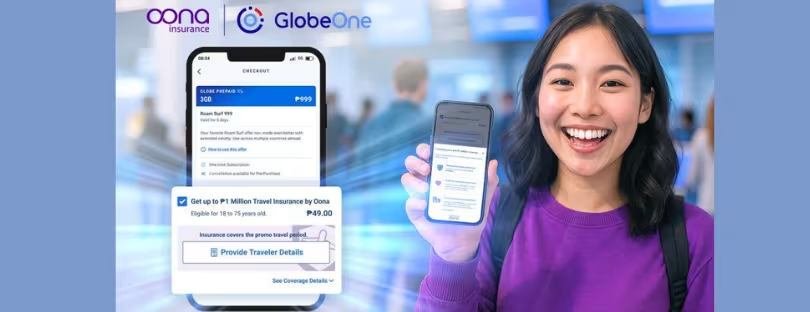
Apple Enables iPhone dual-SIM Support, But US Carriers Are Not Ready yet
With the release of the iOS 12.1, Apple has added iPhone dual-SIM support, which is one of the most-awaited features accompanying the new iPhones. However, users won’t be able to use the eSIM feature yet, thanks to the carriers. iPhone dual-SIM Support
AT&T, Verizon, and T-Mobile have all postponed their support for the eSIM feature to later this year. The fourth major carrier in the United States, Sprint, is not on Apple’s list of carriers that are going to be implementing eSIM support, but Sprint has said it will add support at some point.
Apple’s website notes that all three U.S. carriers (AT&T, Verizon, and T-Mobile) will ensure iPhone dual-SIM support “later this year.” Until then, the U.S. users have no choice but to wait for the eSIM support because the iPhone dual-SIM support is only possible if one of the SIMs used is an eSIM.
Though the U.S. carriers are making iPhone users wait, carriers in other parts of the world are already offering iPhone dual-SIM support. Apple has a list of all the carriers supporting the eSIM functionality.
For instance, Hrvatski Telekom in Croatia, Telekom and Vodafone in Germany, EE in the UK, Airtel and Reliance Jio in India, Magyar Telekom in Hungary, and T-Mobile in Austria and Czech Republic.
Apple first used the eSIM concept in the iPads, and it is the first time that it is being used in the iPhones. An eSIM is a digital or a non-physical SIM card. The iPhone dual-SIM support (with one being eSIM) would allow users to easily switch between two numbers or two cellular plans on a single device. So, in a way, it’s a disadvantage for carriers, where users can easily have two numbers from different carriers, and use the one that offers the best services.
A common smartphone feature in Asian countries like China, dual SIM is less popular in the U.S., but its inclusion in the latest iPhones could boost adoption. A dual-SIM feature helps with three things – international roaming, where you can use a foreign SIM and your local SIM together; having one number for personal and another for professional use; using two separate carrier plans.
In iPhone dual-SIM support, the primary SIM will be used for voice, text, and data, while the secondary SIM for voice and SMS/MMS. Apple has one more setting where the primary number is used for iMessage and FaceTime, and the secondary for data.
“You might want to select this option if you’re traveling internationally and you want to keep Primary for voice, SMS, iMessage, and FaceTime. This will allow you to use Secondary for data,” Apple says.
Further, with iPhone dual-SIM support you don’t have to select the number to use every time when calling a contact. The iPhone, by default, will remember the number you used when you last called that contact, and use the same number. And, if you haven’t called that contact before, the iPhone will use the default settings. iPhone dual-SIM Support









